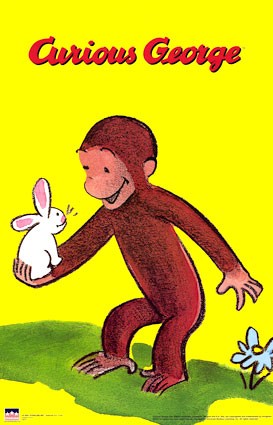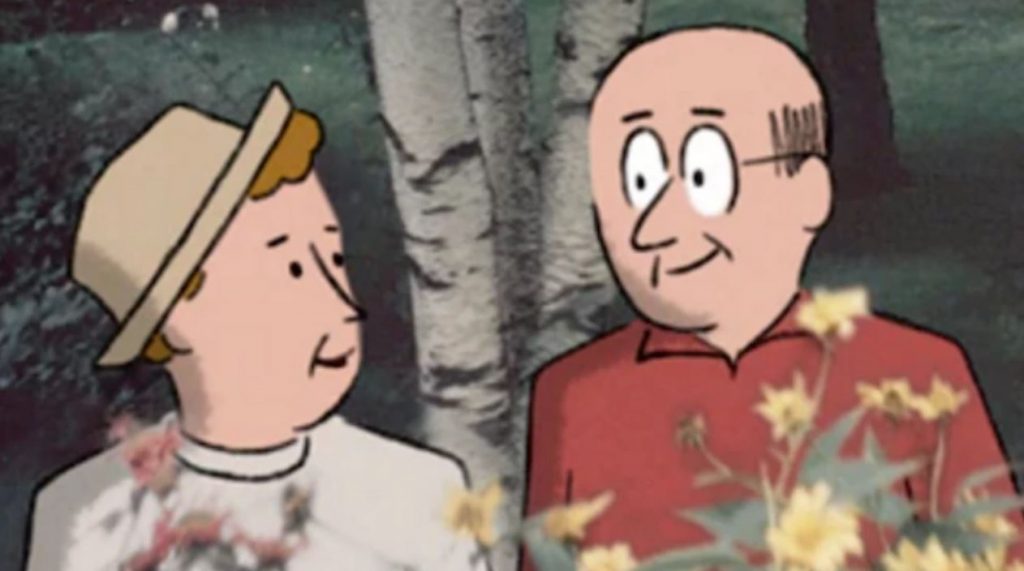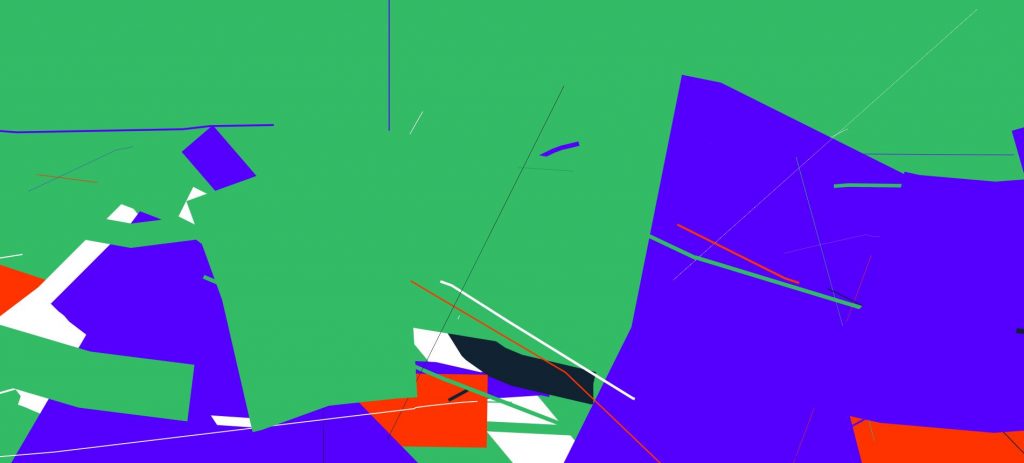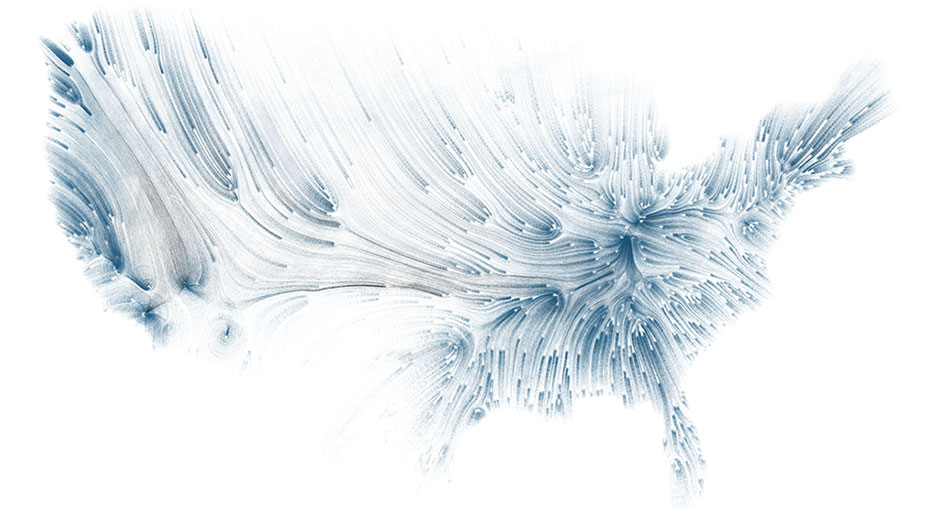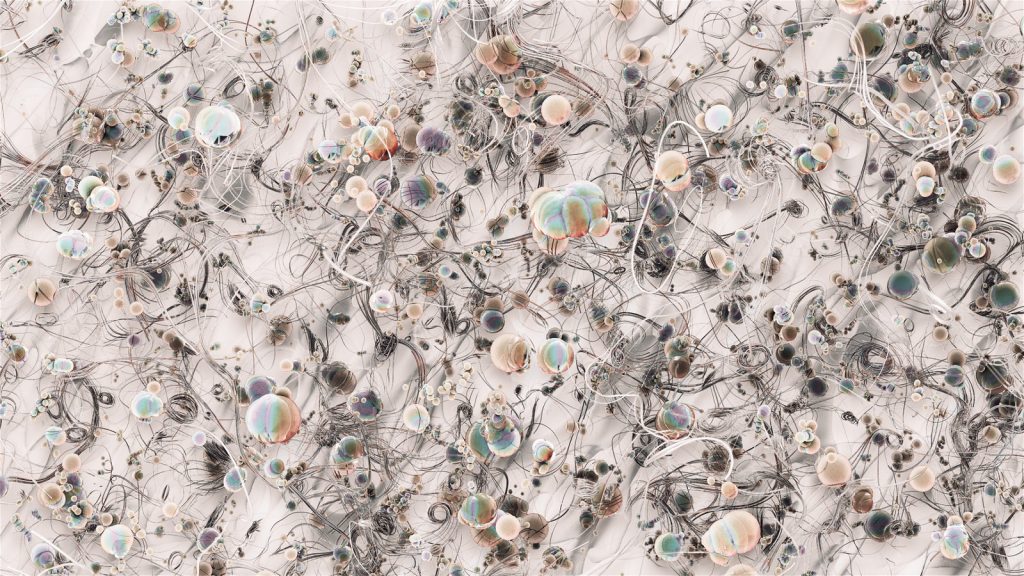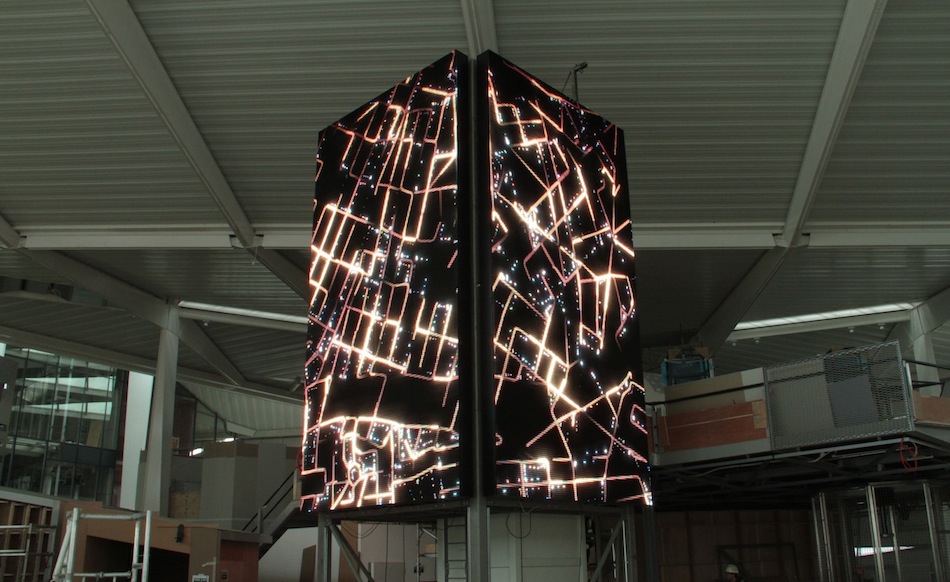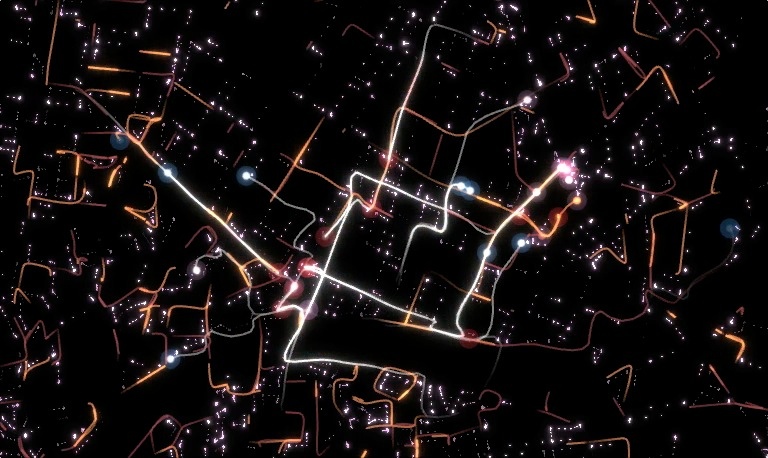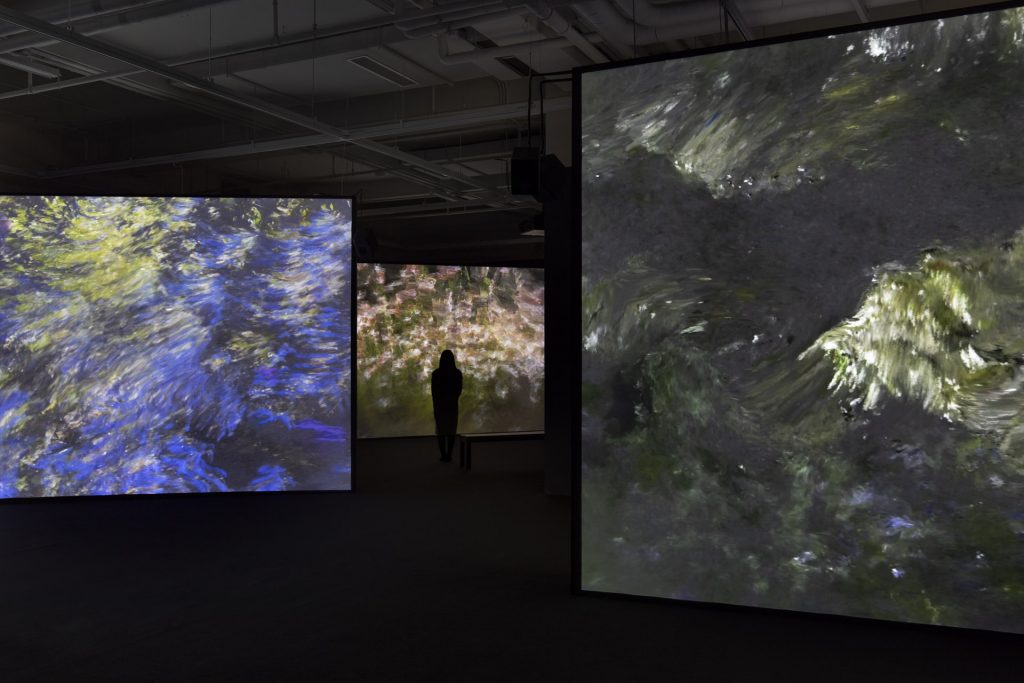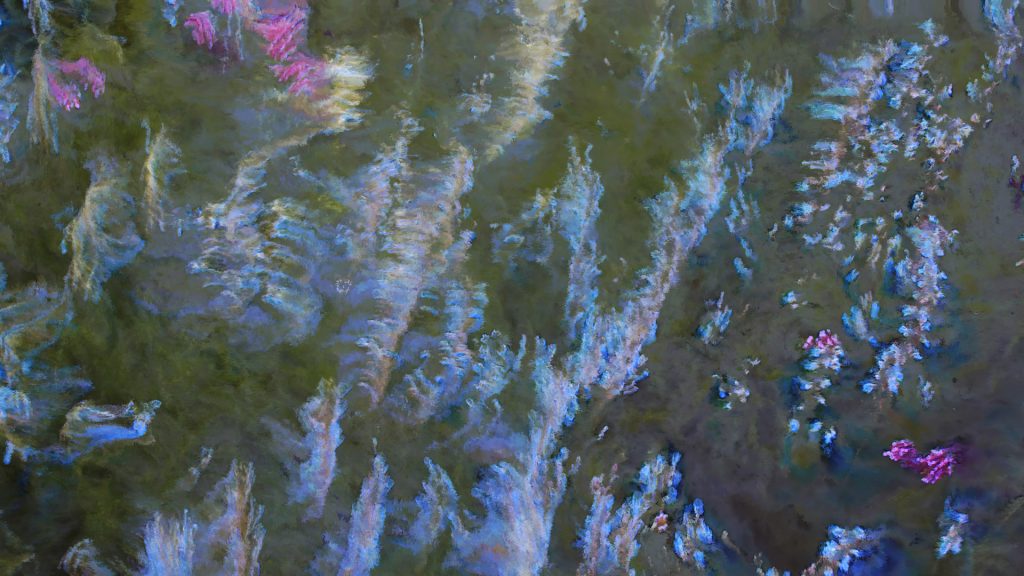I have enjoyed looking at Dr. Woohoo’s “Generative Web.” piece, which they created while exploring creating art with HTML5 + JavaScript painting Engine. I picked this piece because I really like the color gradient, as well as the design on the lefthand side. I found out from reading the blog post for this piece that the color gradient was selected through a program that Dr. Woohoo wrote that sorts colors based on a number of factors, such as popularity, shade, and brightness. I was inspired by this because I like experimenting with colors and I find it very interesting that someone was able to write a program that sorts colors in this way.
It appears that there were multiple algoithms that generated this work, as the artist wrote different code for the colors, brush, and user interface graphics. The artist appears to have been able to show their creative sense through these algoithms because they wrote and created all of them. They set minimums, maximums, and other parameters that they selected, allowing them creative say in some aspects of the work, while surrending certain controls to chance.
“Generative Art” by Dr. Woohoo
![[OLD FALL 2020] 15-104 • Introduction to Computing for Creative Practice](../../../../wp-content/uploads/2021/09/stop-banner.png)
